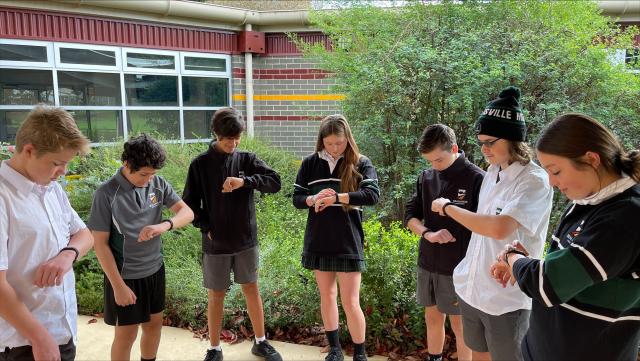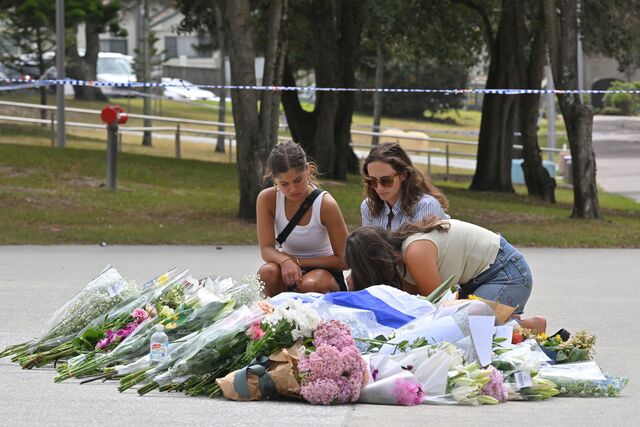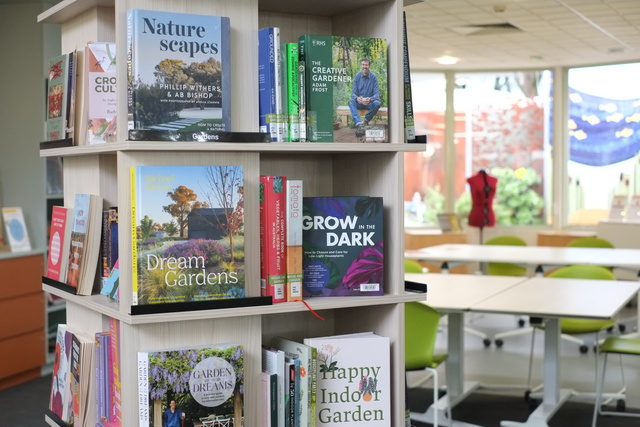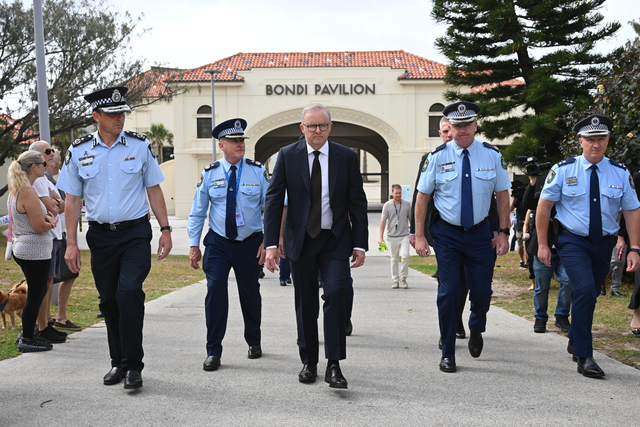Healesville High School has joined a Deakin University research project investigating the levels of activity in adolescents in a bid to improve physical activity among students and staff.
Some 50 students have been recruited across years 7 to 11 and seven staff members are also taking part in the study, who are all now wearing fitness tracking devices for the term.
Principal Allan Rennick was thrilled the school could join the project.
“[It] sounds like a great thing to do because I’m seeing more and more, particularly through the pandemic, that kids were so inactive by necessity activity was reduced,” Mr Rennick said.
Following the data gathering, the school and Deakin researchers will create change by establishing a school wide program to boost physical activity.
The Transform-Us research project is supported by over 12 years of work by Deakin researchers and was developed to investigate activity levels, then in turn reduce sitting and increase movement.
Evidence suggests that prolonged amounts of sitting can increase the risk of chronic diseases such as obesity, type one diabetes and heart disease.
“The program has been designed to make moving the norm throughout the day,” Lead research Alfred Deakin Professor Jo Salmon said.
The changing of delivery of education not the content is key, with suggestions of transforming lessons to include movement, for example ‘active maths’ teaching.
A trial conducted among primary schools over two years resulted in a 62 minute reduction in sitting per day and showed an increase in overall daily physical activity of five minutes.
After the data is collected from Healesville High School, Mr Rennick is expecting changes will be implemented in term three.
Students will also be included in creating the strategies by putting forward suggestions of how they could improve their activity levels.
Mr Rennick suggested it could be things such as increasing supervision in the community centre for fitness training or purchasing new equipment.
Another example was around improving security for bikes, if students feel they aren’t riding to school due to security concerns.
“It’s really about what do our kids say and what do the staff say – and then from that, how can we make those things happen, how can we enable activity to give kids the opportunity, to give staff the opportunity to be active,” Mr Rennick said.
Improving opportunities for girls to get active is another aspect Mr Rennick hopes can be addressed, as physical activity reduces for girls from 13 years onwards.
“It’s great to see girls be able to play football and do all those sports now where as they might not be able to do that before, but we still have this reduction particularly for adolescent girls.
“It’s not specifically for girls, but I’m hoping that some of the actions will really support girls to be active.”
Mr Rennick said he’s noticed activity levels in adolescents across the board have reduced dramatically throughout his teaching career.
“If you came here 20 years ago and looked at our bike shed, it would have had 100 bikes in it – now it might have five bikes. You see some students walking to school, but you see lots and lots of kids being driven to school.”
Access to more phones and technology has also changed the way kids engage at lunch times.
“Kids have got very great access to technology so many kids choose to spend time at recess and lunch time on technology, where if that wasn’t in place kids would be out there getting more active,” he said.
“It’s almost now that we have to as schools put things in place intentionally to encourage kids to be active and it’s becoming more and more obvious that we have to formally do those sorts of things to get kids to be active.”







